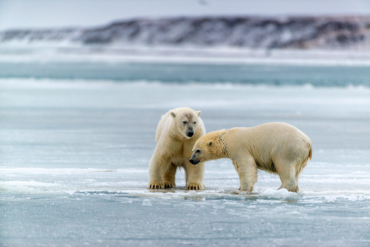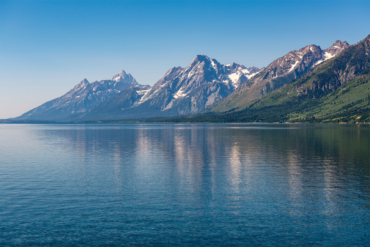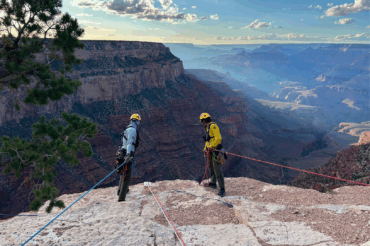The brand that preached ‘camp vibes’ and made Instagram an outdoor necessity mysteriously went belly up. But looking back, there are a few things we can learn from Poler’s brief but flamboyant run.
“See you down the road for more camp vibes and high fives in 2019.” The enigmatic send-off that now graces Poler’s website belies its sudden, untimely demise.
Last week, news broke that the Portland-based retailer of value- and style-minded “outdoor stuff” had filed for Chapter 7 bankruptcy. Unlike Chapter 11, which allows an ailing business to negotiate its debts to prevent from selling off its assets, Chapter 7 signals a full liquidation and closure.
In other words, it’s brand death.
And while bankruptcy filings outline a disastrous drop in revenue, from $7.2 million in 2017 to $3.6 million in 2018, nobody yet knows what actually killed Poler. And unless the founders of the privately held, 7-year-old business tell the story, we may never know.
But there’s still an important lesson here. And it hits not just on the type and quality of gear this industry favors, but also on the very way we talk about the outdoors and the people who do — and don’t — play there.
Don’t Call It ‘Stuff’
In fostering an approachable, laid-back identity, Poler notably referred to its wares as “outdoor stuff.” It offered a quirky and disarming approach to an industry that notoriously pushes would-be enthusiasts away with a laundry list of insider lingo and tech specs.
The brand even says as much on its LinkedIn page, describing its customers as “people that wonder why everyone is trying to pretend they are going to do first ascents on alpine peaks,” a statement that seemingly takes a shot at the outdoor industry at large.
View this post on Instagram
But Poler’s ultimate failure might signal a limit to how low the bar can go. The brand famously launched backpacks that strapped to skateboards and a sleeping bag with leg and arm holes. These products didn’t push the needle on price — or tech. Instead, they focused on style-forward designs aimed at appealing to younger demographics.
While it’s unclear exactly why Poler went bankrupt, it’s clear the fun-first, quality-second approach didn’t enthrall enough to buoy the business.
Stop Calling Us Hipsters
Poler also leaned heavily on Instagram to literally create the #CampVibes movement, leveraging outdoor gear to define lifestyle — or vice-versa. As a retailer, it successfully set social trends — a feat virtually all brands pour millions of marketing dollars into.
For a time, Poler successfully captivated the young and upwardly mobile. But somehow, the brand’s target demographic — explicitly, “people that are travelers, couch surfers, regular surfers, skateboarders, snowboarders, bicyclists, parents, kids, car campers and anyone else looking for something that looks good, is a good value and is all about having fun on road trips and in the outdoors” — became simply “hipsters.”
And that’s an important distinction. Google “Poler bankruptcy” and read through the stories — you’re likely to see “hipster” as the go-to summary of Poler’s ethos. Heck, we even tossed the term around when reporting the story.
But “hipster” is a loaded term, one that may have quietly poisoned Poler from within. The brand most certainly captured a young audience, and it did so by unconventional means. But by sweeping all those customers into a “hipster” category, simply because they are young, unconventional, or style-conscious, we unfairly discredit their motivations and interests. And by extension, we discredit the brand they wear.
Regardless of why Poler went bankrupt, its potential and intent offer up some important lessons. As a whole, the industry needs to find ways to bring quality outdoor gear to more people — especially those who don’t “fit the outdoor mold.”
But that inclusivity doesn’t stop with a price tag. It demands we rethink how we view and identify everyone who plays outside.








